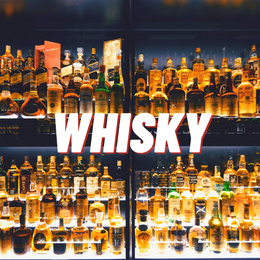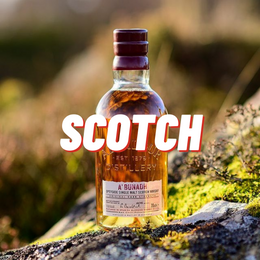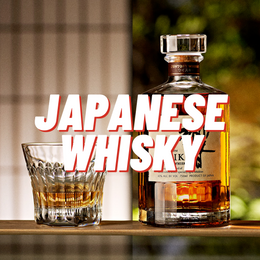
What the heck is that?
Many alcoholic drinks like beers and wines are created with yeast using the fermentation process. However, there is a limit to how much alcohol that fermentation can create. As alcohol levels approach a concentration of 18-20% of the mixture, the environment becomes toxic and yeast begins to die.
Whiskies, rums, gin, tequila, shochu, baijiu – pretty much any type of spirit which has an ABV of 40% or more can only be made with the distillation process. This process was invented by 1st century alchemists in Alexandria, Roman Egypt, who felt that 18-20% ABV was not boozy enough and wanted to create a process to make higher proof alcoholic beverages.


The Greco-Egyptian alchemist, Zosimus, has studied and written about the distillation process around 4th century AD. (Image Source: Science Photo Library)
How do whisky-makers distil whisky?
A beer-like substance (called the wash) is constantly heated in copper stills. Because alcohol is more volatile than water, the alcohol turns to vapour more readily than water. The alcohol vapour is eventually turned into liquid alcohol outside the copper still.
Who cares?

Little tweaks to the distillation process can hugely impact the final flavour and texture of the whisky. The final character of the whisky is influenced by:-
- The type of copper still used (whether pot still or column still).
- The shape of the copper stills used (Macallan’s iconic flavour is created with tiny copper stills).
- The number of distillation instances (Scotch is usually twice-distilled; Irish whiskey from Midleton Distillery tends to be triple-distilled and a lot smoother).
- The amount of resulting spirit “cut” and collected (Glenfiddich’s stillman only collects the lightest and sweetest component of the resulting spirit).
Whisky distilleries are able to play around with any of these parameters to create a whisky with their desired profile and texture. All single malt whisky begins with the same simple ingredients of grain, yeast and water. But different distillation processes helps give us a world of different flavours from the sweet, grassy Glenfiddich, to the rich and well-rounded Macallan, to the incredibly light and estery Jameson Irish Whiskey.
Why should I care? What is one thing to take away?
As we taste whisky from region to region, country to country, where possible, you should always take note of the type of stills and distillation process used by the distillery. You would easily perceive that influence in the final flavour and texture of the whisky.
Knowing that little tweaks to the distillation process has a huge influence on the final product also helps us appreciate why almost all Scotch distilleries continue to use the same old stills from the Victorian era. We would also understand why it is always preferred to locate the original antique stills (instead of just ordering new ones) whenever someone is trying to revive a closed whisky distillery like Brora Distillery.







